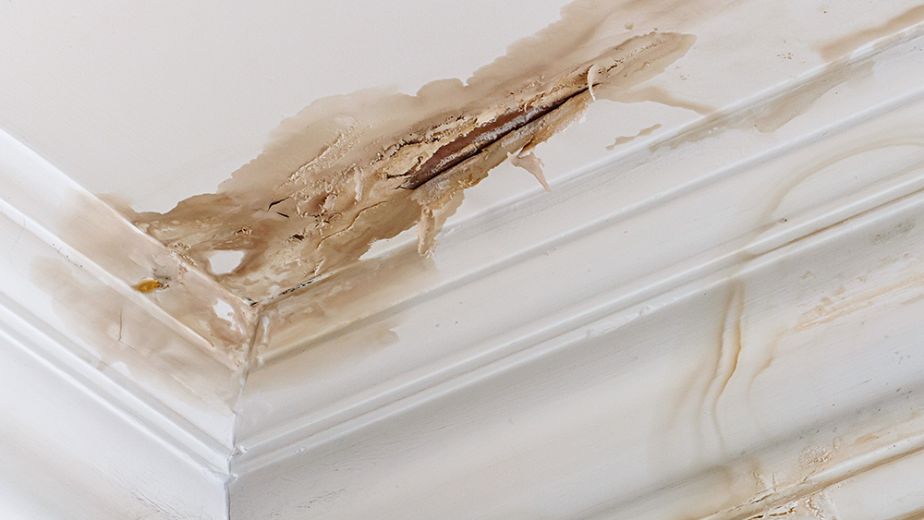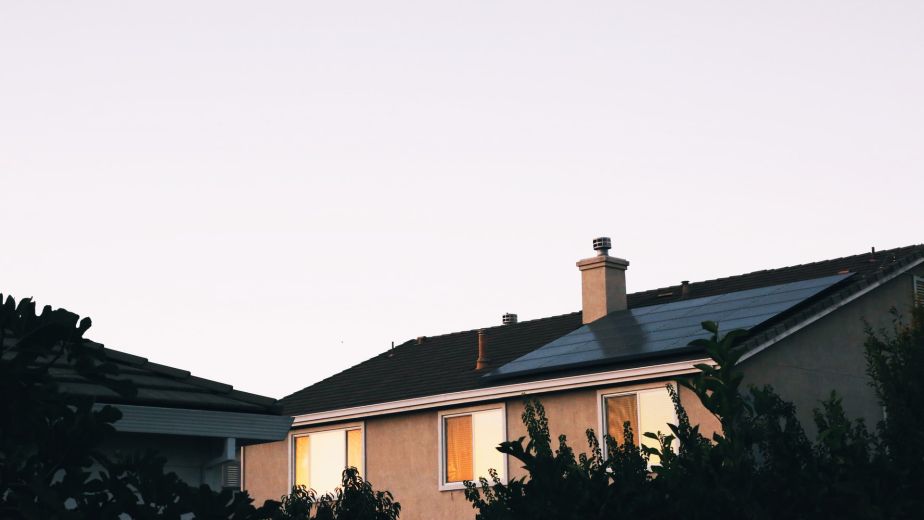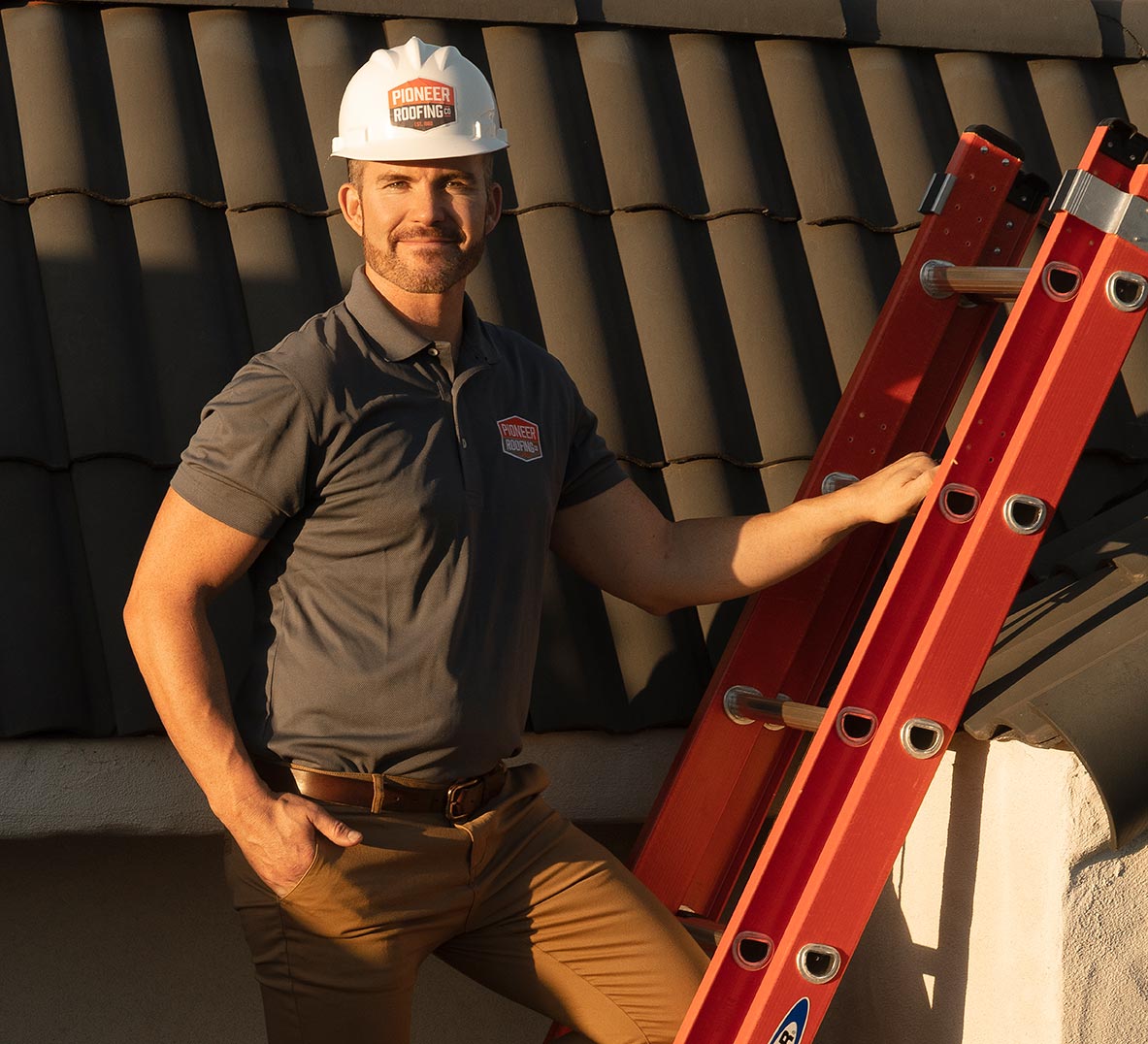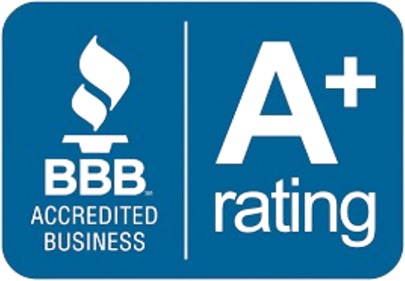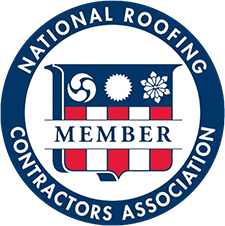Not everything that falls from the sky in April is as welcome as May blossoms. If your roof is in poor condition, rain can damage your property.
When it rains, water stains on your ceiling are one of the most evident signs that you have a roof problem. Water spots can also appear seemingly out of nowhere at times. In any case, this is an urgent matter that must be addressed right away.
What you do next if you detect water spots on your ceiling might significantly influence the long-term health of your property. Follow these four tips to avoid costly issues.
1. Don’t Overlook The Issue
The most crucial thing is that you do not dismiss the issue. You could wish to cover up the unattractive stain and go on, but it would be like placing a band-aid over a bullet wound. At best, it’s a band-aid solution, and it’ll almost certainly lead to significant long-term difficulties.
You’re not alone if you’ve been ignoring the stains. This is standard practice, mainly if the problem only occurs during heavy rains. When the rain stops, we tend to go about our business and forget about the problem.
It’s critical to recognize that the stains on your ceiling aren’t the problem; instead, they’re a symptom of a more significant (and frequently more dangerous) problem. A few seemingly innocuous areas right today might quickly morph into a full-fledged deluge in the future.
A leak, if left unchecked, can cause the structure of your home to decay, jeopardizing its structural integrity. Even a minor leak may cause a flood, causing damage to your home’s interior, furnishings, floors, valuables, and more. Mold and mildew can grow due to leaks, causing health issues.
2. Find Out What’s Causing the Stain
First, you need to determine where the leak is coming from to properly address it. Depending, you may need to hire a roofing expert to inspect the roof and make the proper fixes.
There are two common causes of roof water stains:
Damaged flashing: Flashing is the material that protects any seams that join two different roofing materials together. While most of the time, these seams are commonly painted over, they can become damaged over time.
Cracked or missing shingles: Shingles protect your home from the outside elements. While they have an essential job, shingles are not designed to last forever. Any time a shingle becomes damaged or worn, water can sneak through and lead to leaks.
3. Make the Right Repairs
Most DIYers assume they can fix the problem right away. While you can certainly choose to do this, it’s not always the best strategy.
If you don’t know how to inspect your roof correctly, you could make a repair that worsens the problem. For example, if your roof has a crack or hole, it’s essential to ensure that the shingle that covers it is adequately sealed. Otherwise, it will simply end up cracked and missing again.
4. Take Precautions to Prevent Future Problems
Once you’ve made the necessary repairs, you should take precautions to ensure that it doesn’t happen again.
The best way to reduce your risk of future damage is to ensure your roof stays in the best shape possible. This means regularly checking for missing shingles, cracked shingles, and other potential problems.
It’s important to note that, if you’re not familiar with the proper way to inspect your roof, you should hire a professional to do it for you.
Conclusion
The best thing you can do to protect your home from water damage is to regularly inspect your roof for possible problems.
An ounce of prevention is worth a pound of cure.
Hopefully, these tips will help you catch and address any problems before they develop into a much bigger issue.
Are you looking for a roofing company in San Diego, CA? Pioneer Roofing Company is a family-owned and operated providing residential and commercial roofing installation, maintenance, and repairs backed by expertise since 1980. Call us now if you need full-service roofing specialists.


